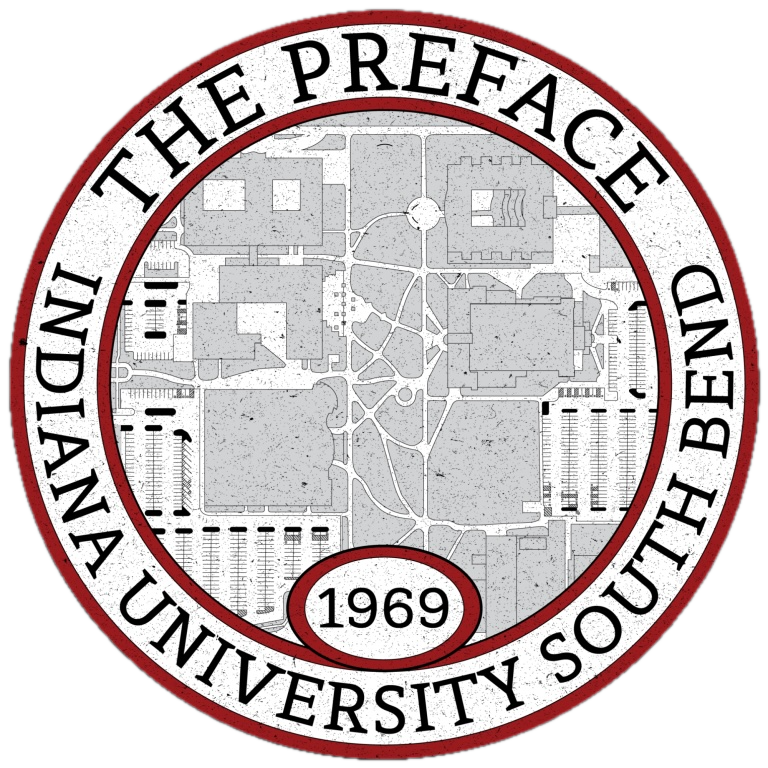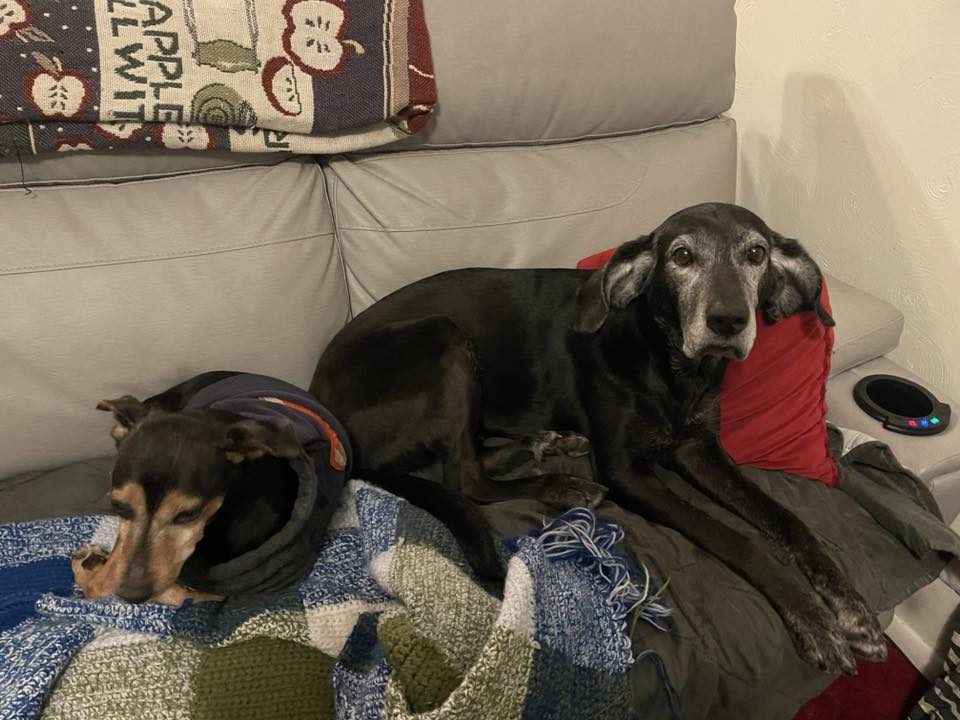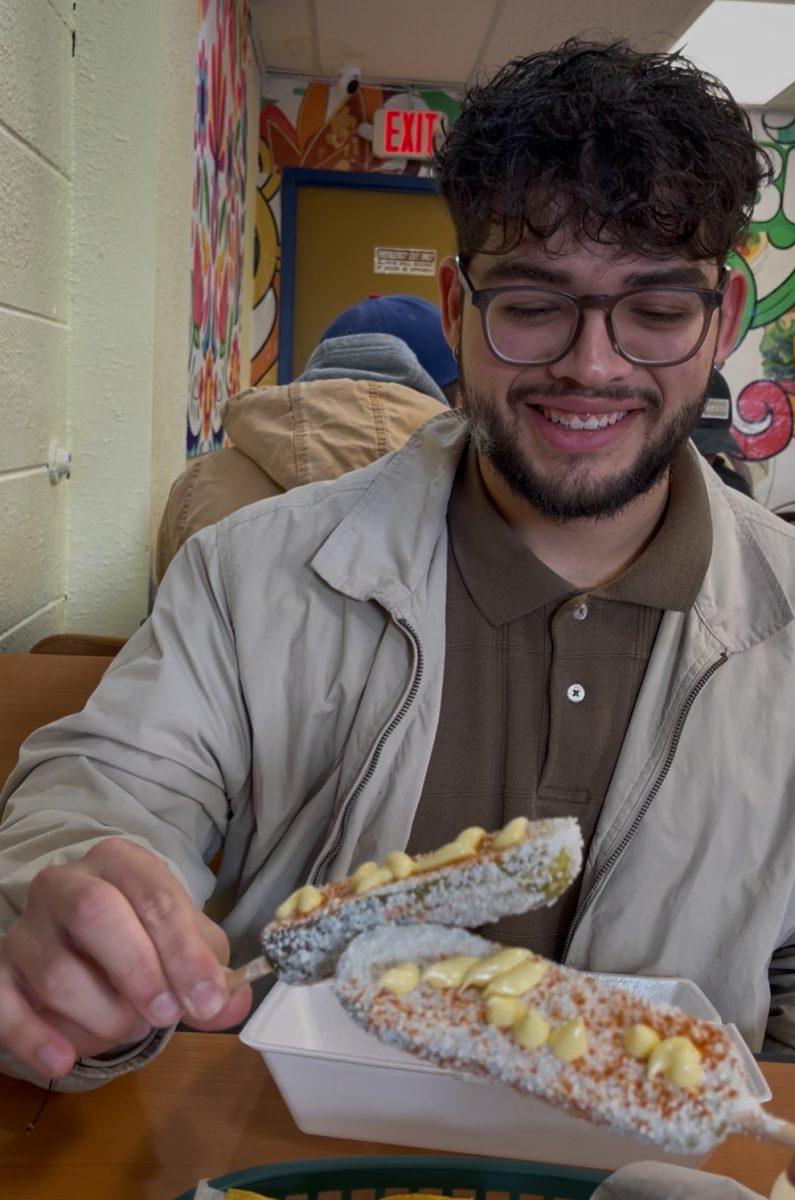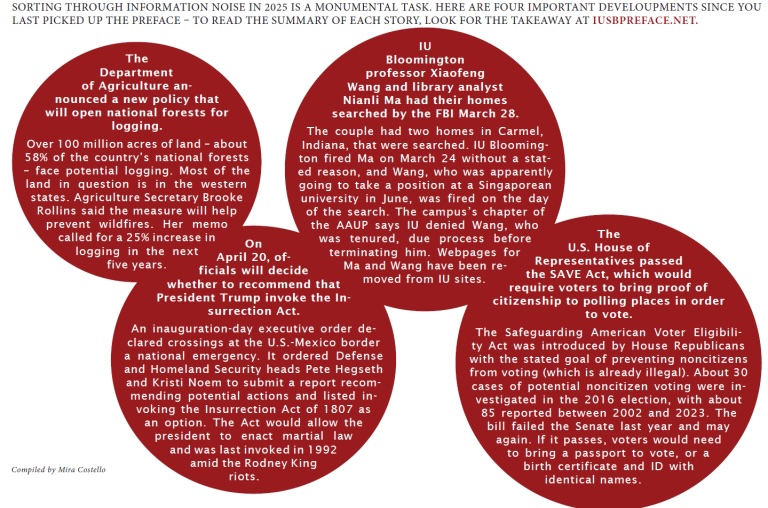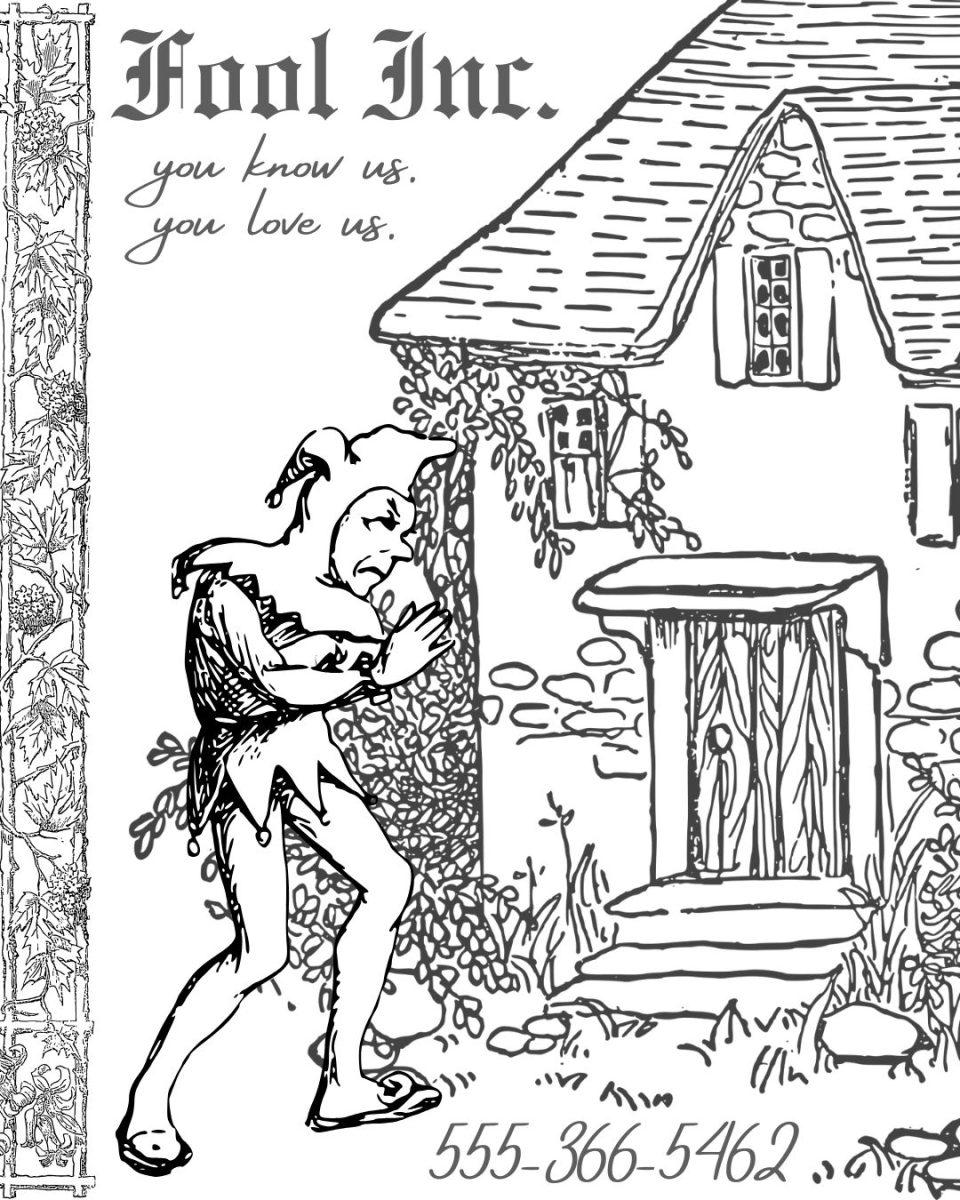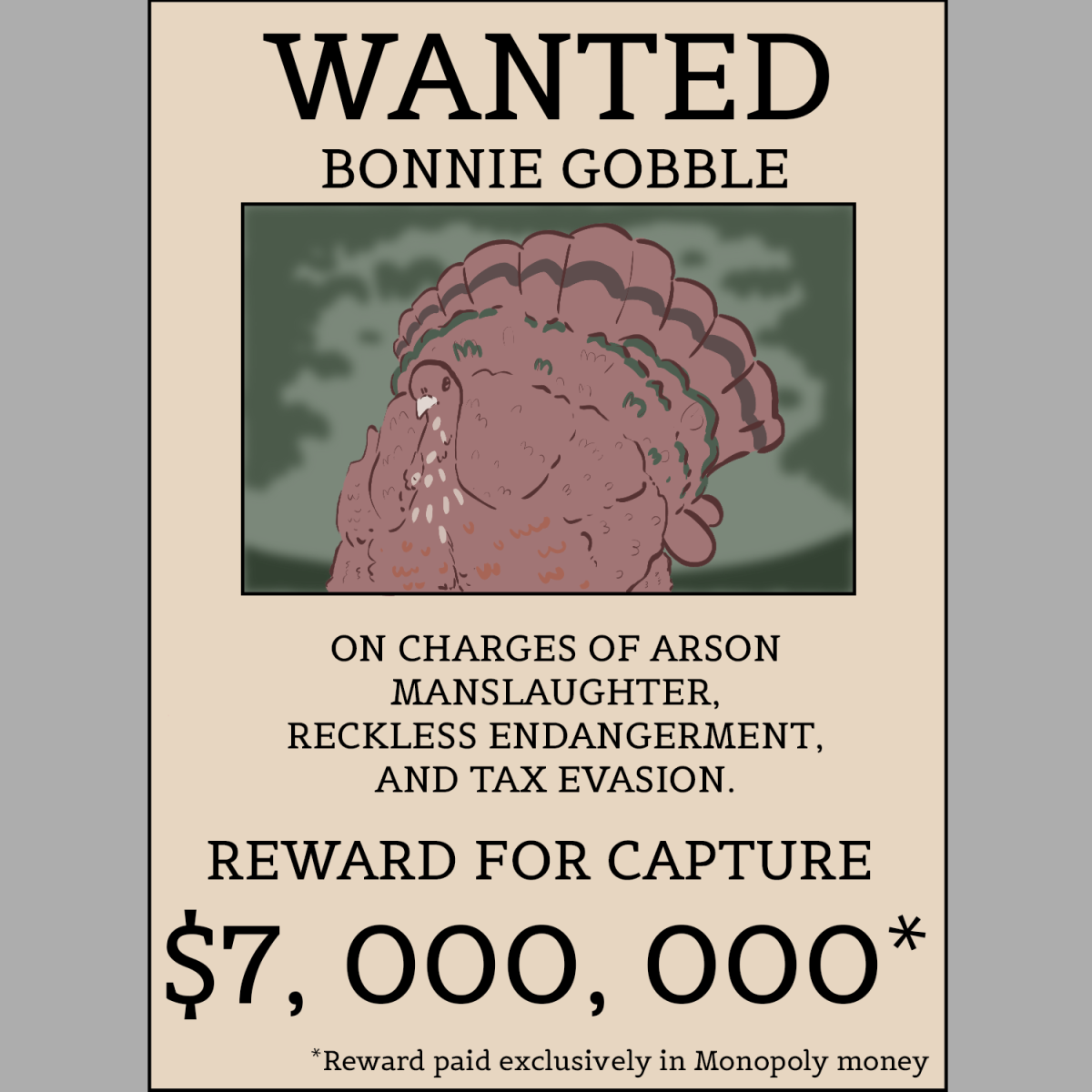Funding cuts target NPR and PBS, debilitate state broadcasting
Logo // wnit.org
By: Rafael Tortolero and Claire Mckenna
Multimedia Specialist, Staff-Writer
While Indiana has passed a two-year budget eliminating public broadcasting funding, the Trump administration has drafted a memo which plans to ask Congress to cut over $1 billion in federal funding for the Corporation for Public Broadcasting (CPB).
At the time of publication, the memo was slated to be introduced to Congress once it reconvened from recess on April 28. Then, a 45-day window will open, during which the House and Senate can either approve or deny the funding cut.
If passed, this could result in the complete elimination of federal funding for National Public Radio (NPR) and Public Broadcasting Service (PBS). Both are widely known networks that bring high quality news and entertainment to the American public.
NPR produces award-winning news shows like “Morning Edition” and “Up First,” and PBS brings “PBS NewsHour” and dozens of other programs, including children’s entertainment like “Sesame Street” and “Arthur.”
Most of the funding received by these networks is used for maintaining and supporting local news stations, which rely on these funds in order to finance their newsrooms and pay for programming.
For example, WFYI, Central Indiana’s public station, gets 11% of its funding from the federal government and 4% from the state. Stations in rural areas with fewer donors, and where public media might be the only source of news, often rely on federal funding to support their network, and it can account for up to half of their budget. This could leave communities that rely on public broadcasting uninformed and disconnected, unable to stay up to date about local and state news and public affairs.
The CPB cuts are part of a larger $9.3 billion package of proposed funding rescissions.
Russell Vought, head of the Office of Management and Budget and chief contributor to the memo, requested an $8.3 billion cut to the U.S. Agency for International Development (USAID) in addition to the $1.1 billion cut – equivalent to two years of funding – to the CPB.
Separate from the memo, some Congress members have begun efforts to defund public broadcasting.
Last month, the heads of the public networks were criticized by Representative Marjorie Taylor Greene (R–GA) during a congressional hearing titled “Anti-American Airwaves: Holding the heads of NPR and PBS Accountable” for alleged liberal bias, and Greene labeled their content as “communist”.
Indiana’s U.S. Senator Jim Banks (R), as well as Representative Kat Cammack (R–FL) proposed H.B. 1595 in February, which would amend the Communications Act to remove all mentions of National Public Radio and prohibit any direct or indirect funding from reaching NPR. They named it the Defund NPR Act.
“Taxpayers shouldn’t be forced to fund NPR’s liberal propaganda,” Banks said in a statement.
At a state level, Indiana has eliminated funding for public broadcasting in the 2025-2027 state budget passed April 25. Of the $46.2 billion state budget, $7.35 million was included in the original proposed budget; however, because of a $2.4 billion shortfall, the state made last-minute cuts – just one day before the budget vote – including all the funding for the 17 television and radio stations that receive state support.
Mark Newman, head of Indiana Public Broadcasting Stations, told the Indy Star that elected officials most likely don’t have the same motivation as federal lawmakers. He stated that IPBS has had a respectful relationship with the state legislature and that public broadcasting networks were just victims of budget struggles, but that the surprise cut was disturbing.
Indiana networks, including WNIT in South Bend, will need to turn to other sources to replace their state funding – ranging from tens to hundred of thousands of dollars – and their federal funding, often over $1 million annually, if the U.S. Congress proceeds with cuts to the CPB.
If you’d like to contact your elected representatives about this issue, South Bend’s U.S. Representative is Rudy Yakym, and Indiana’s U.S. Senators are Jim Banks and Todd Young. At the state level, David Niezgodski represents Senate District 10, and Ryan Dvorak represents House District 8.
To find out who your representatives are, visit iga.in.gov/information/find-legislators. If you live in Michigan, your U.S. Senators are Gary Peters and Elissa Slotkin, and you can visit house.gov/representatives/find-your-representative to find your U.S. Representative.
